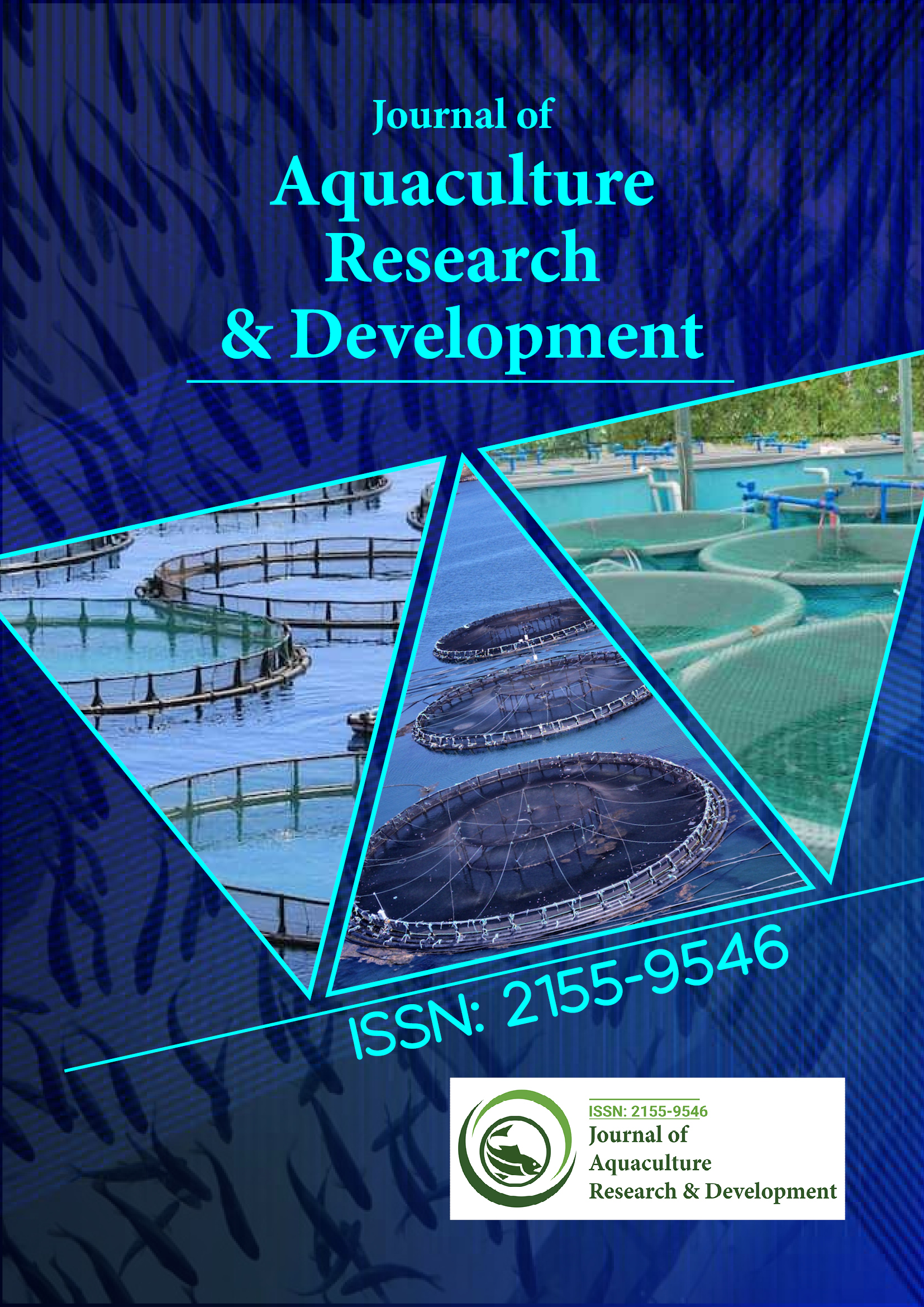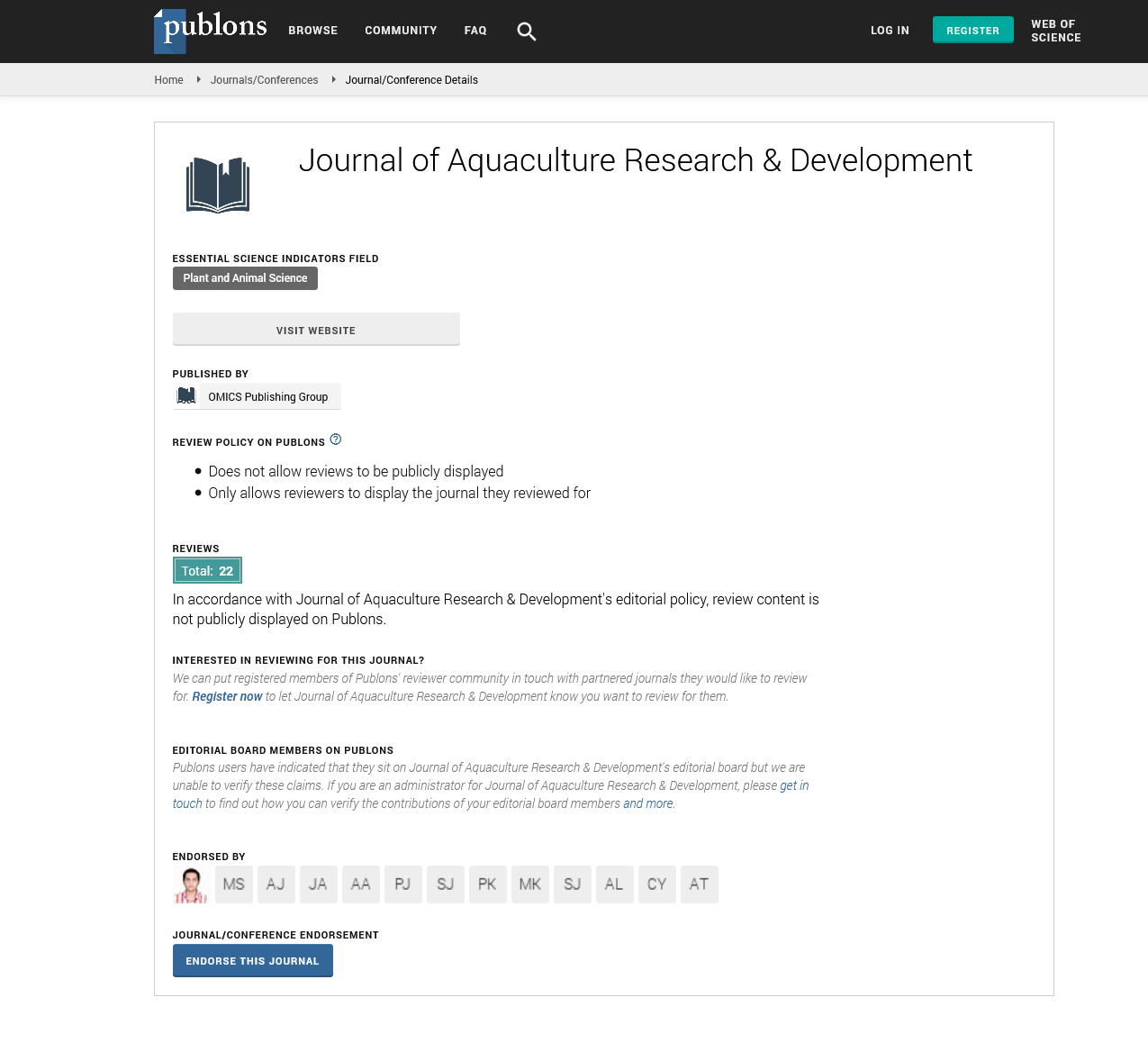Indexed In
- Online Access to Research in the Environment (OARE)
- Open J Gate
- Genamics JournalSeek
- JournalTOCs
- Scimago
- Ulrich's Periodicals Directory
- Access to Global Online Research in Agriculture (AGORA)
- Electronic Journals Library
- Centre for Agriculture and Biosciences International (CABI)
- RefSeek
- Directory of Research Journal Indexing (DRJI)
- Hamdard University
- EBSCO A-Z
- OCLC- WorldCat
- Scholarsteer
- SWB online catalog
- Virtual Library of Biology (vifabio)
- Publons
- MIAR
- University Grants Commission
- Euro Pub
- Google Scholar
Useful Links
Share This Page
Journal Flyer

Open Access Journals
- Agri and Aquaculture
- Biochemistry
- Bioinformatics & Systems Biology
- Business & Management
- Chemistry
- Clinical Sciences
- Engineering
- Food & Nutrition
- General Science
- Genetics & Molecular Biology
- Immunology & Microbiology
- Medical Sciences
- Neuroscience & Psychology
- Nursing & Health Care
- Pharmaceutical Sciences
Commentary - (2025) Volume 16, Issue 4
Sustainable Management of Aquaculture Systems in Coastal and Estuarine Environments
Mette Lowe*Received: 28-Mar-2025, Manuscript No. JARD-25-29669 ; Editor assigned: 01-Apr-2025, Pre QC No. JARD-25-29669 (PQ); Reviewed: 15-Apr-2025, QC No. JARD-25-29669 ; Revised: 22-Apr-2025, Manuscript No. JARD-25-29669 (R); Published: 29-Apr-2025, DOI: 10.35248/2155-9546.25.16.980
Description
Mud crab aquaculture represents a significant sector in tropical coastal regions, providing livelihoods, enhancing food security and contributing to regional economies. These crabs are highly valued in both domestic and international seafood markets due to their taste and size, making them a preferred choice among consumers. In recent decades, mud crab farming has expanded rapidly and widely in countries like Indonesia, the Philippines, Thailand and Malaysia and is gradually gaining importance in South Asia and East Africa. However, rapid expansion has introduced both ecological and socio-economic challenges that require careful management and innovation.
Sustainable mud crab aquaculture aims to balance productivity, economic viability and environmental stewardship. Achieving this balance demands innovative strategies, regulatory frameworks and active community participation. While the sector offers substantial potential for income generation, trade earnings and nutritional support, it faces multiple hurdles, including resource limitations, disease outbreaks, habitat degradation and operational inefficiencies. Recognizing these challenges and adopting sustainable practices is crucial for the long-term stability of the industry.
Current status of mud crab aquaculture
Mud crab farming in tropical regions is primarily conducted in coastal ponds, mangrove-adjacent areas and estuarine zones. Farming systems vary from extensive and semi-intensive methods to more intensive, high-density production units depending on local resources, market demand and technical capacity. Extensive systems rely on natural productivity, often incorporating tidal water exchange and low stocking densities. These systems are less costly but have low productivity. Semi-intensive and intensive systems, in contrast, rely on formulated feeds, aeration devices and controlled water management, allowing for faster growth rates and improved survival.
The production cycle of mud crabs involves several stages, including larval rearing, nursery rearing and the grow-out phase. Larval rearing is technically challenging due to the sensitivity of crab larvae to water quality, salinity fluctuations and feeding regimes. Successful hatchery production of seed remains a bottleneck for many countries, forcing farmers to depend on wild-caught seed. Grow-out operations also require consistent monitoring of environmental parameters, feed efficiency and disease management. Survival rates are often variable, which directly affects profitability.
Environmental degradation
Mangrove ecosystems play a vital role in mud crab aquaculture, providing natural nursery grounds, maintaining coastal biodiversity and protecting shorelines. However, large-scale pond development has historically led to widespread conversion of mangrove forests, resulting in habitat loss, coastal erosion and biodiversity decline. Poor pond management practices, such as inadequate water exchange, reliance on untreated effluents and overstocking, contribute to water pollution and sedimentation. These practices also increase vulnerability to climate-related hazards like flooding and salinity intrusion. Protecting mangroves and promoting integrated mangrove-aquaculture systems are therefore critical to sustainable development of the sector.
Disease and health management
Mud crabs are vulnerable to bacterial, viral and parasitic infections, which can cause high mortality and reduce growth performance. Common pathogens include Vibrio species, white spot syndrome virus and parasitic infestations. Disease outbreaks are often exacerbated by high stocking densities, poor water quality and stress during handling and transport. In many farming regions, access to veterinary services, diagnostic tools and biosecurity knowledge remains limited, increasing the risk of severe production losses. Unregulated use of antibiotics and chemicals has also raised concerns regarding food safety and environmental health. Strengthening hatchery biosecurity, farmer training and early disease detection technologies can significantly reduce these risks.
Feed and nutrition constraints
Formulating balanced diets for mud crabs is another major challenge. Their omnivorous feeding habits and high protein requirements make them dependent on animal-based feeds. Reliance on wild-caught trash fish or low-quality pellets is common, but this practice is ecologically unsustainable and economically inefficient. It contributes to overfishing of small pelagic species, introduces pathogens into farming systems and results in water quality deterioration from uneaten feed. Research into alternative feeds such as plant-based proteins, insect meal and microbial biomass is ongoing, but adoption is limited by cost and farmer awareness. Better feeding strategies and feed formulation can improve feed conversion ratios, reduce production costs and lower environmental footprints.
Citation: Lowe M (2025). Sustainable Management of Aquaculture Systems in Coastal and Estuarine Environments. J Aquac Res Dev. 16:980.
Copyright: © 2025 Lowe M. This is an open-access article distributed under the terms of the Creative Commons Attribution License, which permits unrestricted use, distribution, and reproduction in any medium, provided the original author and source are credited.

